In the footsteps of the Bauhaus
More than 100 years after the founding of the art school, the Bauhaus can still be experienced in many places in Germany. We show the most important stations.
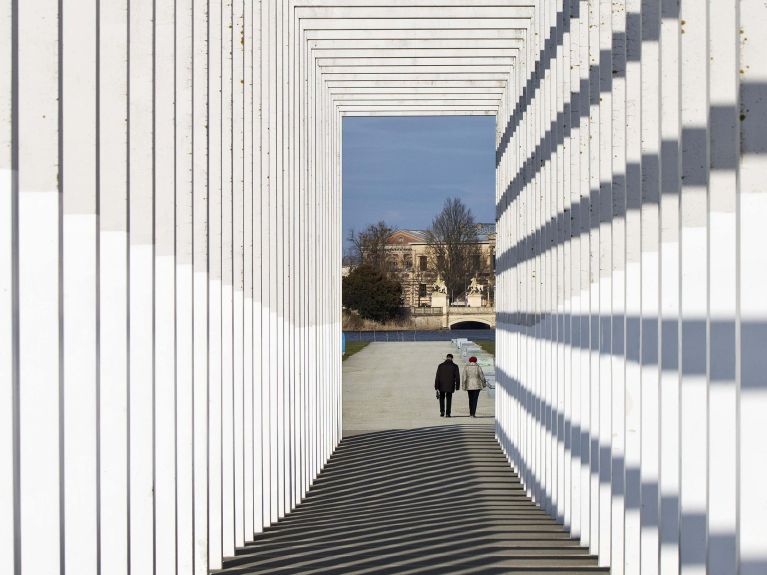
Alfeld
Alfeld an der Leine This town in Lower Saxony is characterized by half-timbered buildings, but Alfeld is most famous for the Fagus Factory, which enabled Walter Gropius to become a freelance architect in 1911. 100 years later, this original building of the modern age was declared a UNESCO World Heritage Site.
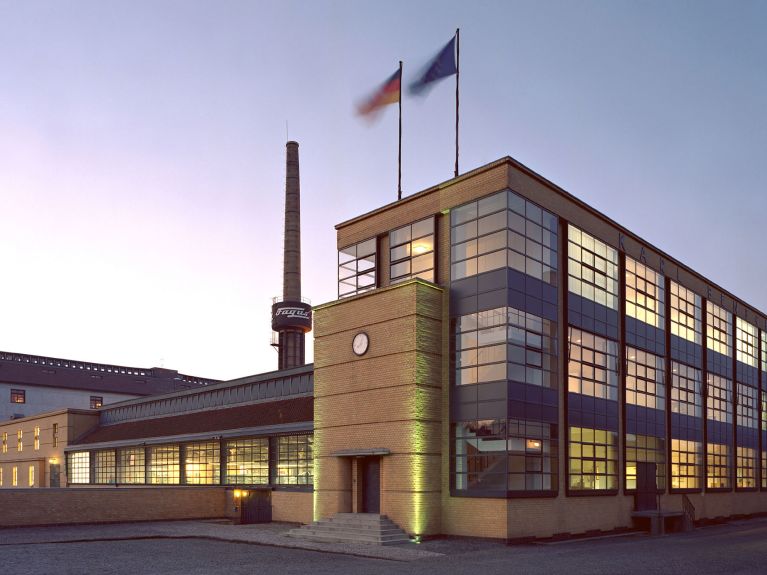
Weimar
The design revolution began here, in the city of Goethe and Schiller. The State Bauhaus was founded in Weimar by the architect Walter Gropius in 1919. World-famous artists such as Paul Klee, Wassily Kandinsky and Lászlo Moholy-Nagy lectured at the Bauhaus University, which was designed by Henry van der Velde. The “Haus am Horn” show house is regarded as the most important building in the 1923 Bauhaus Exhibition. It was designated a UNESCO World Heritage Site in 1996. And there is more to be seen at the Bauhaus Museum on Theaterplatz.
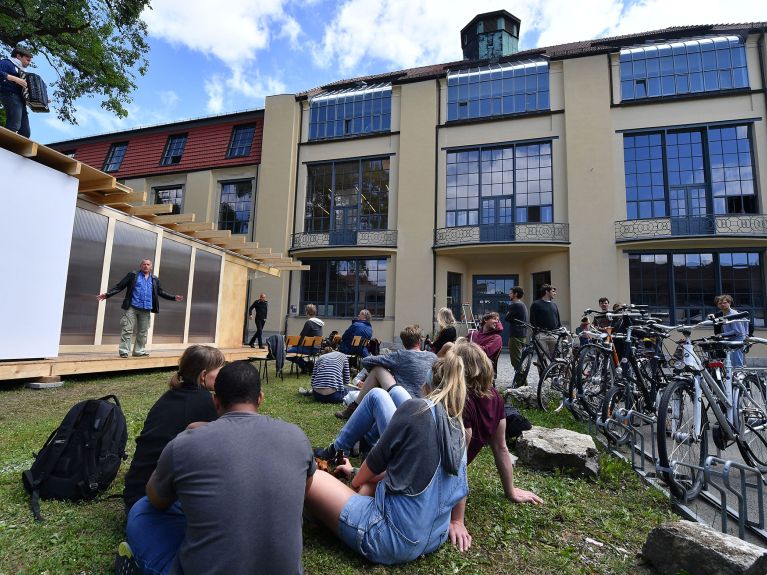
Gelmeroda
The village south-west of Weimar is inextricably linked to the Bauhaus artist Lyonel Feininger. Today we can follow his trail on the Feininger Bike Trail, for example to the Feininger Church, which was the German-American painter's absolute favourite motif.
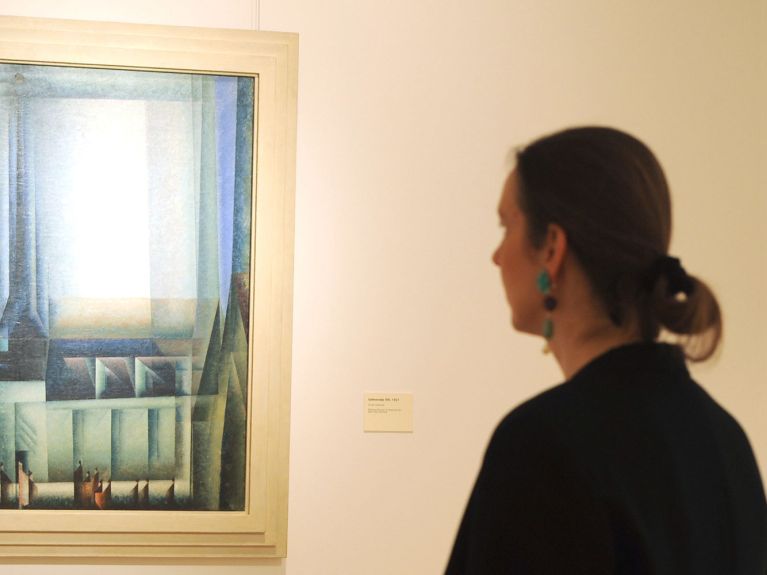
Probstzella
Difficult to pronounce, but one of Thuringia's most important Bauhaus ensembles is to be found here in the Thuringian Forest, 70 kilometres south of Weimar. The architect Alfred Arndt built the House of the People (“Haus des Volkes”) between 1925 and 1927. Its design and fittings are completely in the Bauhaus style. Even the fabrics, furniture, lamps and door handles were made at the Bauhaus workshops.
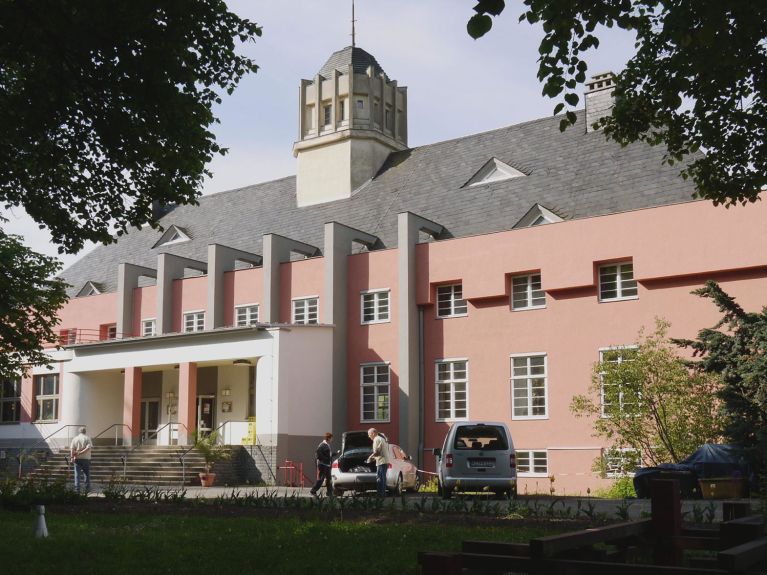
Jena
The Bauhaus artists found they could apply and present their ideas in Jena at an early stage. The first building that put the Bauhaus ideas into practice was also in this university city near Weimar: the Jena City Theatre (1921/22). Although it no longer exists today in the form planned by Walter Gropius, two buildings – Haus Auerbach and Haus Zuckerkandl – have survived in their original form and been carefully renovated, bearing witness to the Bauhaus in Jena.
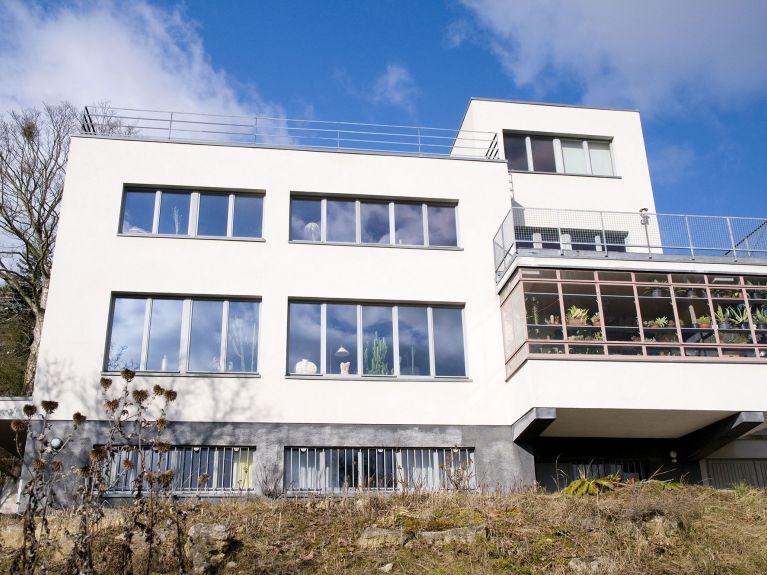
Dessau
The Bauhaus Building in Dessau, designed by Gropius and opened in 1926, is a milestone of modern architecture. Today, the “Bauhaus Dessau – Centre for Design” is again a lively place for experimental design, research and teaching. The Master's Houses in Dessau were also built according to Gropius' designs in 1925/26. The Bauhaus trail begins with the Kornhaus and continues to the Historical Employment Office and to the Törten Bauhaus Estate with its Konsum Building, Housing with Balcony Access, and Steel House.
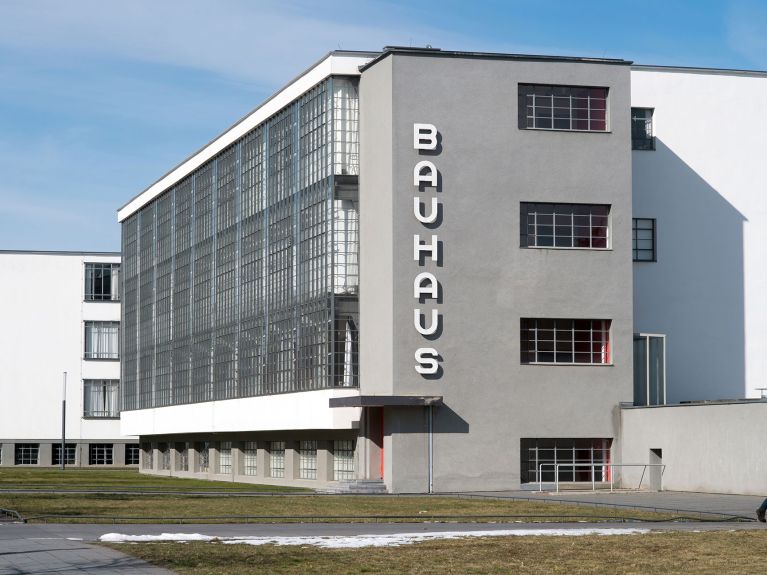
Berlin
The Bauhaus Archive in Berlin offers an overview of 20th century's most important school for design, architecture and art. It holds the largest collection on the history and impact of the Bauhaus – from the Bauhaus Lamp to Marcel Breuer's tubular-steel chair and Bauhaus Wallpaper. And there are more examples of the New Architecture in the city, e.g. Gropius' Fischtal buildings in Zehlendorf (1928) and the last residential building designed by Mies van der Rohe in Germany before he emigrated to the USA: Haus Lemke (1933) in the Berlin borough of Alt-Hohenschönhausen.
Krefeld
The ensemble of villas consisting of Haus Lange and Haus Esters (Ludwig Mies van der Rohe, 1927) in Krefeld still impressively conveys the Bauhaus idea today. The elegant twin villas belong to the Ruhr city's art museums.
Stuttgart
The renowned Weissenhof Estate is located in the south of Germany. It was built in 1927 by the “Deutscher Werkbund” (German Association of Craftsmen) under the direction of Ludwig Mies van der Rohe. In addition to architectural history, Stuttgart's Weissenhof Museum also offers a “walk-through exhibit” in the semi-detached houses designed by Le Corbusier.
